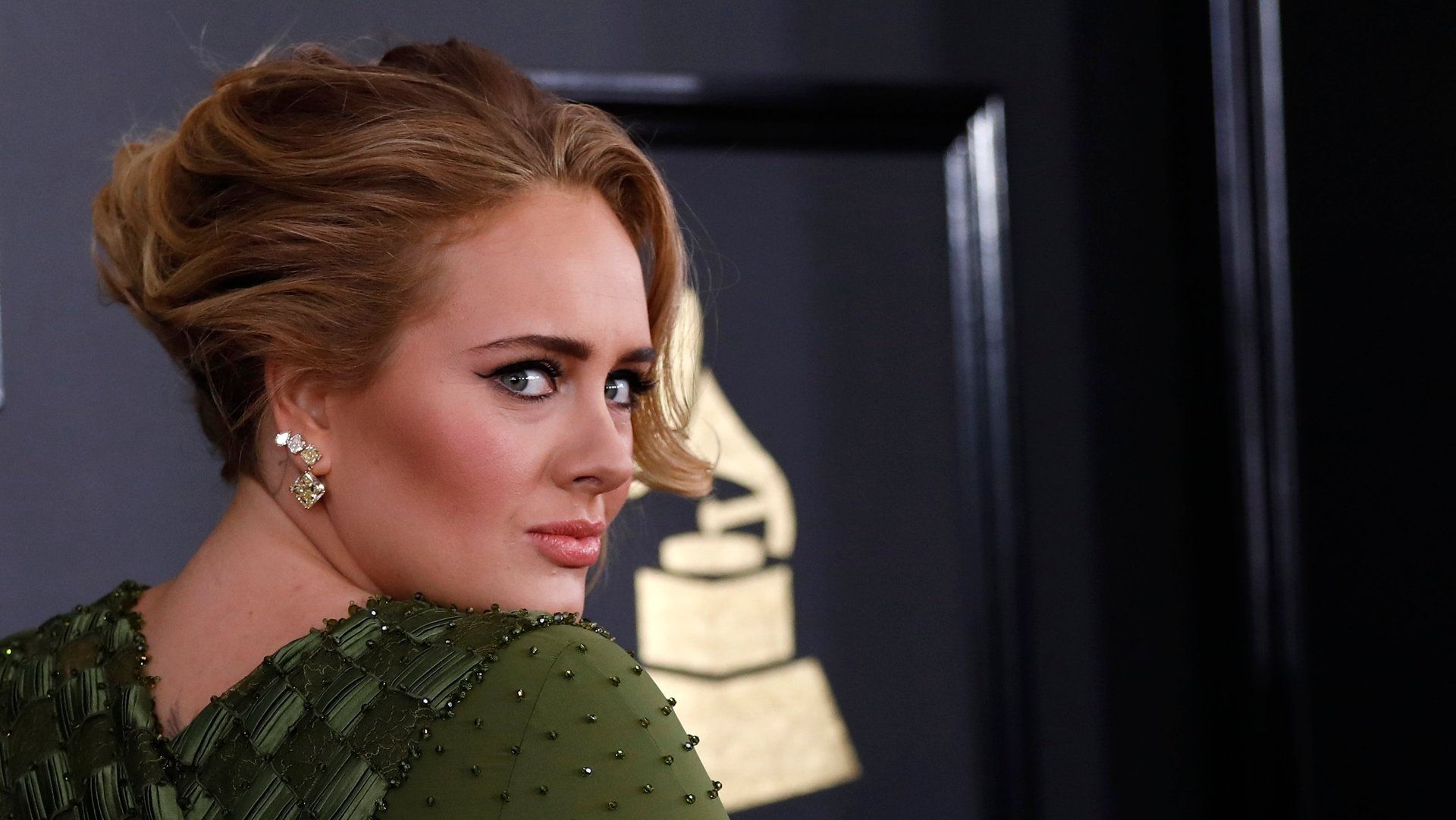Spotify: You can listen to all the music for free—but you’re the real product
Spotify is increasingly owning up to its power.


Spotify is increasingly owning up to its power.
At the Advertising Week Europe conference yesterday, the company’s VP of “global partner solutions,” Danielle Lee, spoke to a number of brands about the emerging marketing opportunities coming out of audio data. “On social, you curate your social-media feed to create a picture of yourself, but music is about participating in your most vulnerable moments,” Lee said. She revealed just how closely Spotify tracks its users:
- In general, the service studies each consumer’s listening habits for a broader understanding of his or her mood, tastes, values, and mindset.
- Spotify’s playlists act as consumer segmentation. Advertisers aren’t just able to target exercise playlists, for example—they can also now track when a user stops exercising and play ads specifically geared toward a dormant fitness enthusiast.
- Spotify has developed a “real-time moments” advertising tool that lets brands connect with listeners depending on what they’re most likely doing at that moment, such as partying, having dinner, or working out.
While it’s quite the norm for digital music services to keep tabs on their users’ listening habits, Spotify differs from its competitors Apple Music, Amazon Music, and Tidal in that it isn’t a subscription-only service: most of its users are actually listening to music on its free, advertising-supported tier. That means Spotify has a financial incentive to pry more deeply into users’ listening habits and sell ads aligned with their specific lifestyles. Last year, Spotify announced a first-of-its-kind partnership with ad-tech companies to deliver automated advertising based on user background; from Lee’s comments, the company seems dedicated to diving even deeper.
Of course, Spotify’s meticulous data-crunching is part of what makes its signature personalization features like Discover Weekly so great. It’s also what makes Spotify the most similar—out of all the streaming services—to big-box retailers like Walmart or Amazon.
The level of detail runs a certain risk of creepiness. Last year, the music-streaming platform plastered data about its users onto massive physical billboards as part of a tongue-in-cheek advertising campaign showing off its users’ quirky listening habits, which included publicizing individual playlist names and Valentine’s Day song picks—and revealing the extent of its data-collecting prowess, as well.
So we know, for example, that on the day of the UK’s Brexit vote last year, 3,749 people streamed R.E.M.’s deadpan rock hit ”It’s the End of the World As We Know It” on Spotify. And Spotify’s advertising partners know that too, and much, much more.